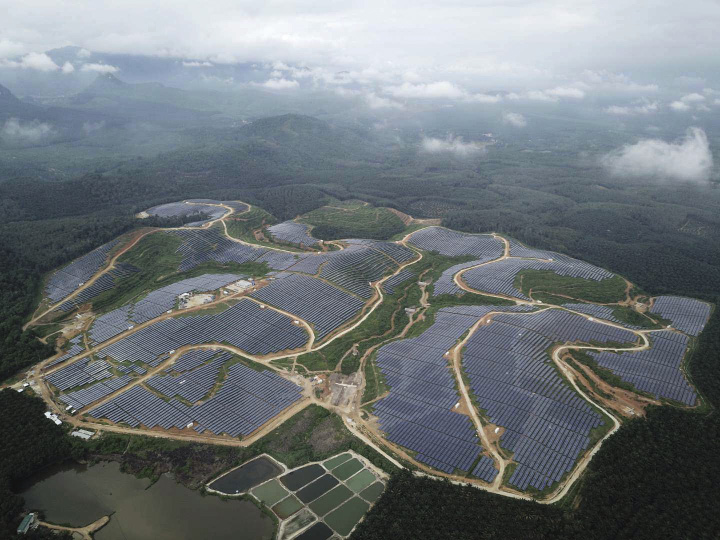Scientists from Malaysia and Thailand have developed a novel machine-learning model for predicting the maintenance needs of large-scale solar PV plants. According to a recently published scientific paper touting the efforts, the model utilizes two machine learning techniques – K-Means and long-short-term memory (LSTM) – and has a root mean square error (RMSE) of 0.7766. The aim of the tool is to overcome “fault detection and classification” often found in traditional operating systems, the paper claims.
“The conventional operation and maintenance (O&M) of solar PV systems do not utilize machine learning for fault detection and classification,” the paper states. “This poses challenges for plant operators, especially those managing large-scale solar (LSS) PV plants, who typically rely on manual approaches to screen large amounts of electrical data and inspect numerous string panels. Consequently, the cost of O&M is high.”
K-Means is an algorithm for data segmentation and groups similar data points into clusters. The researchers use the algorithm to cluster the electrical current of string modules with environmental factors such as global irradiance and module temperature. A center or mean point is then created for the cluster to represent typical behavior.
Then the LSTM technique, trained on historical data, kicks in. The technique aims to detect anomalies in the predicted electrical current of string modules, which would then alert operators of maintenance needs.
“LSTMs can handle sequential data with variable length input by using gate mechanism to decide which information is important to persist and which to discard in each time step, thus making predictions based on the past trends and patterns in the input sequence,” the paper states. “LSTMs can do this by using a special type of memory cell that can store information for long periods of time, as well as gates that control the flow of information into and out of the cell.”
The data for the training, as well as the method's precision analysis, is based on information sourced from a large-scale solar PV plant located in the center of Malaysia. A turnkey and sub-inverter were used as test cases, monitoring 420 string modules and a total of 8,400 PV modules. Compared to the collected data, the model has a root mean squared error (RMSE) of 0.7766.
The relative error is then compared with the number set by the benchmark model based on Artificial Neural Network (ANN). “LSTM and ANNs are often compared because they are both belong to neural networks and commonly used in various natural language processing, computer vision and speech recognition tasks,” the paper states. They found the LSTM is more precise with an average LSTM relative error of 4.316% and an ANN relative error of 4.363%.
The algorithm was described in the study “Anomaly detection using K-Means and long-short term memory for predictive maintenance of large-scale solar (LSS) photovoltaic plant,” which was recently published in Energy Reports. The research group was formed by scientists from the Solar Research Institute (SRI), Universiti Teknologi MARA (UiTM), and the Chiang Mai Rajabhat University.
This content is protected by copyright and may not be reused. If you want to cooperate with us and would like to reuse some of our content, please contact: editors@pv-magazine.com.



1 comment
By submitting this form you agree to pv magazine using your data for the purposes of publishing your comment.
Your personal data will only be disclosed or otherwise transmitted to third parties for the purposes of spam filtering or if this is necessary for technical maintenance of the website. Any other transfer to third parties will not take place unless this is justified on the basis of applicable data protection regulations or if pv magazine is legally obliged to do so.
You may revoke this consent at any time with effect for the future, in which case your personal data will be deleted immediately. Otherwise, your data will be deleted if pv magazine has processed your request or the purpose of data storage is fulfilled.
Further information on data privacy can be found in our Data Protection Policy.